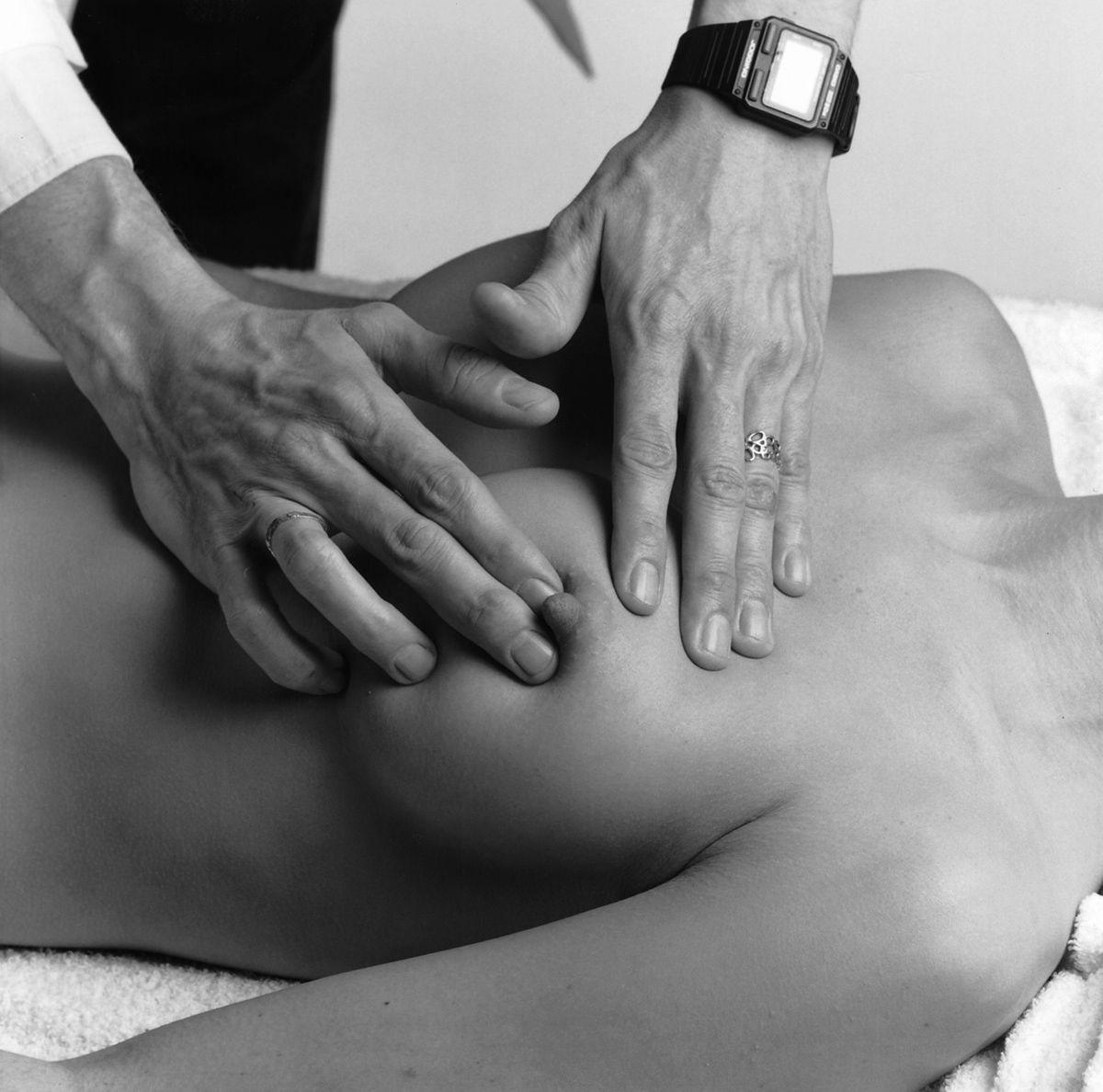
Breast pain is the most common breast-related problem among women. It can generally be categorized in two groups: cyclical and non-cyclical.
Cyclical pain is related to the monthly change of hormone levels. Many women experience swelling, pain and tenderness of breasts in the day preceding the menstruation. The symptoms usually go away when the menstruation is over. Cyclical breast pain typically stops after menopause.
This type of pain is the most common in women and accounts for almost 75 percent of all breast related complaints. Stress is one of the factors that increases cyclical breast pain, along with excessive physical activity, especially heavy lifting.
Non-cyclical breast pain is not related to the menstrual cycle and is far less common than cyclical pain. It often affects one specific area of the breast. It can be the result of an injury or trauma or the consequence of breast tissue biopsy. Even though it is not usually related to breast cancer, women who suffer from non-cyclical breast pain should consult their physicians to determine the cause and possible treatment.
Costochondritis is a type of arthritic pain that comes from the middle of the chest but feels like it is coming from the breast. It is usually the result of bad posture and aging. Other factors that may cause breast pain are hormonal treatments, like contraceptive pills and hormone replacement therapy, excessive weight, bras that don’t fit, but also tumors.
All persistent breast pain should be reported to a doctor. After giving one\'s medical and family history and receiving a thorough physical exam, additional exams such as an ultrasound and mammography can be ordered to exclude the possibility of breast cancer. If there are no abnormalities in breast, the treatment will either not be necessary or it will include over-the-counter analgesics to relieve the pain.
Women with breast pain are usually advised to find a comfortable bra that fits well. A low fat diet, reduced caffeine and sodium intake is also advised in such cases.
Vitamins help relieve the pain, especially Vitamin B1, B6 ad Vitamin E. In cases where there are fluid-filled cysts in the breast they may be drained, but this cannot be done on very small cysts. If severe breast pain interferes with every day life, further medication might be required and it will usually consist of danazol and bromocriptine, or, if the pain occurs in a specific and targeted area, injections of corticosteroids or anesthetics could be given. Nursing often causes pain in the breasts, especially in the first few weeks. This pain may be the result of improper positioning or fluid build-ups in the breast. Continuing to breastfeed and keeping a stable flow of milk helps remove the build-ups. Mastitis, the inflammation of breast tissue, is caused by bacteria that enter the ducts through cracked nipple skin. Breasts become swollen, red and warm.
Mastitis is treated with antibiotics and can be prevented by keeping the breast empty of milk.




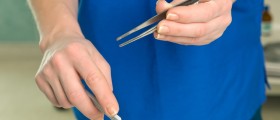

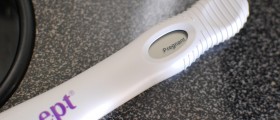
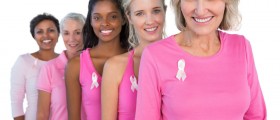

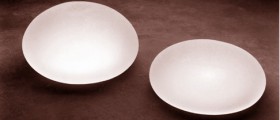
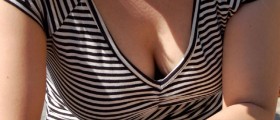


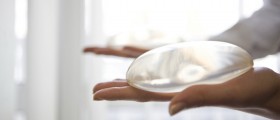
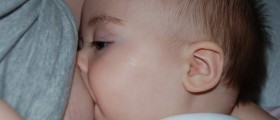
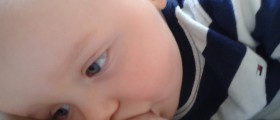
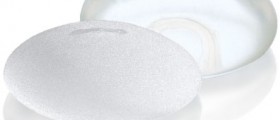
Your thoughts on this
Loading...